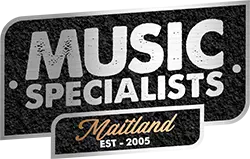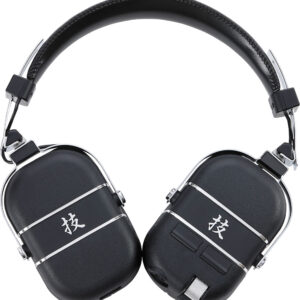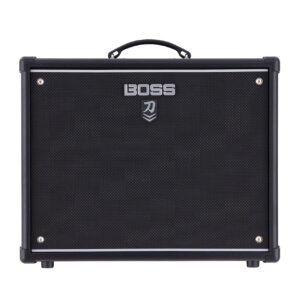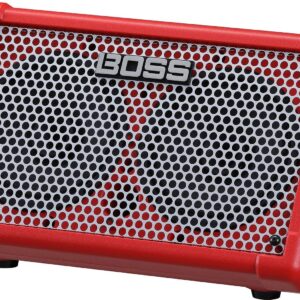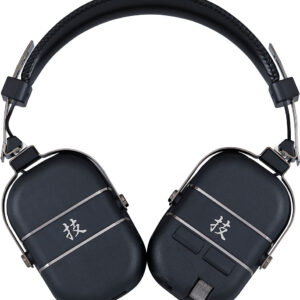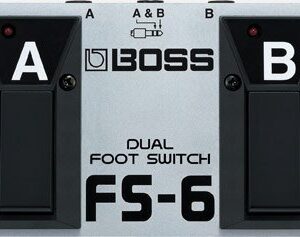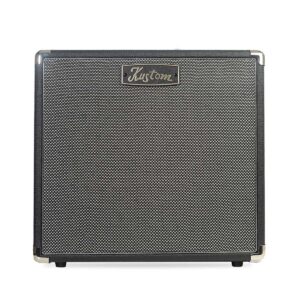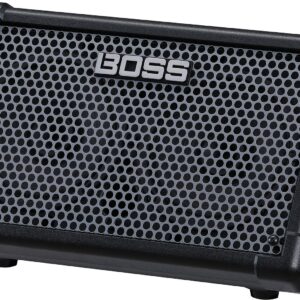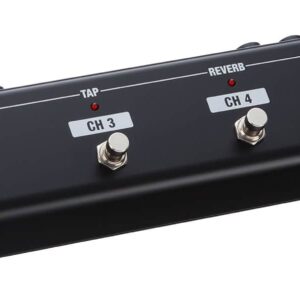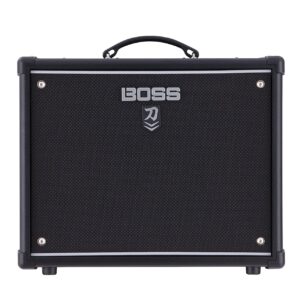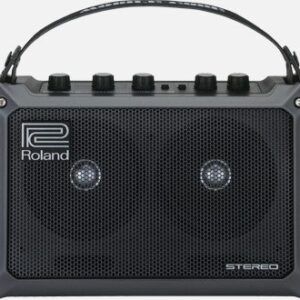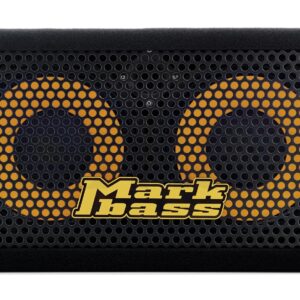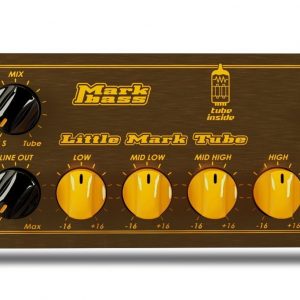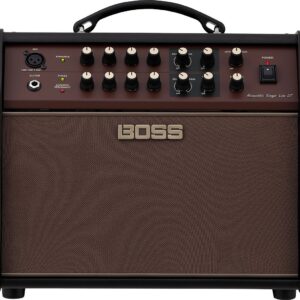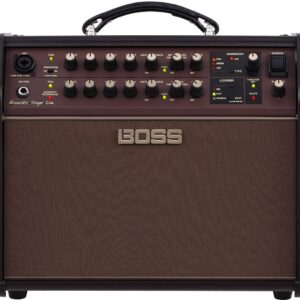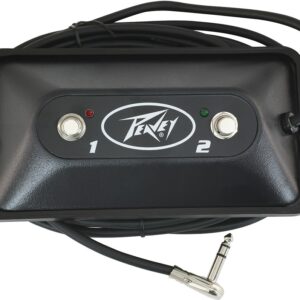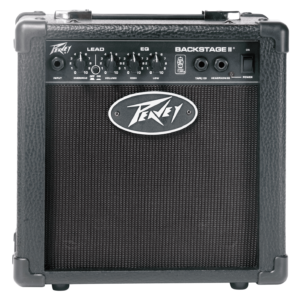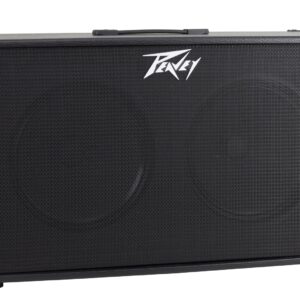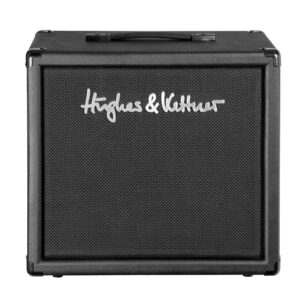Showing 1–24 of 296 results
What is a guitar amplifier?
A guitar amplifier (or amp) is an electronic device or system that strengthens the weak electrical signal on an electric guitar, bass guitar, or acoustic guitar to produce sound through one or more loudspeakers that are typically housed in a wooden cabinet.
A guitar amplifier may be a standalone wood or metal cabinet that contains only the power amplifier (and preamplifier) circuits, requiring the use of a separate speaker cabinet–or it may be a “combo” amplifier, which contains both the amplifier and one or more speakers in a wooden cabinet.
There is a wide range of sizes and power ratings for guitar amplifiers, from small, lightweight “practice amplifiers” with a single 6″ speaker and a 10-watt amp to heavy combo amps with four 10″ or four 12″ speakers and a powerful 100-watt amplifier, which are loud enough to use in a nightclub or bar performance.
How to use a guitar amplifier?
A guitar amplifier works by strengthening the electric signal from a pickup, which is then sent to the speaker(s) and loudspeaker cabinet, creating sound waves. Guitar amplifiers can be found as standalone wood or metal cabinets that only contain a power amplifier (and preamplifier) circuit or as “combo” amplifiers that combine the preamplifier, power amplifier, and one or more speakers in a single wood or metal cabinet. For example, some guitar amplifiers are designed for touring bands that have both ahead (the device which contains pre-amplification circuits and the power amplifier) and separate speaker cabinets (which contain one or more speakers and their associated passive crossover network circuits and the power supply unit).
Who uses a guitar amplifier?
A large majority of professional musicians who play electric guitar or electric bass, when playing live, use stage amplifiers for their instruments. While keyboard players in contemporary classical music can amplify their instrument or their synthesizer keyboards onstage, string players using acoustic-electric instruments typically use individual stompbox pedals. These small, lightweight devices switch between different electrical circuit paths within the device to provide a variety of tonal and sonic effects. For example, a guitarist switching between rhythm guitar and lead guitar may use a pedal to change the gain or equalization (or “EQ”) of their amplifier to retain the guitar’s usual tone while adding a new one solos. Moreover, throughout the 1960s and 1970s, UK-based bassist John Entwistle was noted for his onstage use of a customized amplifier with additional audio controls mounted on its top panel.

